An artificial eye with vision capability! This invention, if realized, could revolutionize the field of medicine and profoundly impact the lives of visually impaired individuals. Sometimes, due to incidents such as accidents, severe trauma, congenital abnormalities, or eye diseases, individuals may lose their vision and be compelled to undergo eye removal surgery. Nowadays, prosthetic eyes are used to fill the void left by the removed eye.
In addition to significantly restoring facial aesthetics, prosthetic eyes offer other advantages, such as preventing ptosis. Furthermore, these prosthetics are capable of movement, making it challenging for others to distinguish between a healthy and artificial eye. Further information about artificial eyes with visual capability and the activities undertaken in this field will be presented below.
What is an Eye Prosthesis?
To understand what an eye prosthesis with vision capability is, we first need to recognize common and conventional eye prosthetics. Individuals who, due to various incidents, suffer serious injuries in the eye area and become forced to perform eye removal surgery, the complete eye removal procedure is often performed. It’s important to note that eye removal surgery negatively impacts individuals’ appearance, which can be distressing.
However, nowadays, using an eye prosthesis is one of the best and fastest methods to restore the facial appearance of those affected. Artificial eyes serve as highly suitable substitutes for removed eyes, significantly enhancing the individual’s appearance due to their remarkable resemblance to real eyes. Furthermore, using an eye prosthesis helps prevent issues like drooping eyelids.
However, the issue at hand is that common artificial eyes do not restore individuals’ vision capability; they merely address the matter of aesthetic deficiency. In fact, this kinds of prosthetics can only serve as a suitable replacement to fill the eye socket, allowing the person to regain their lost facial aesthetics.
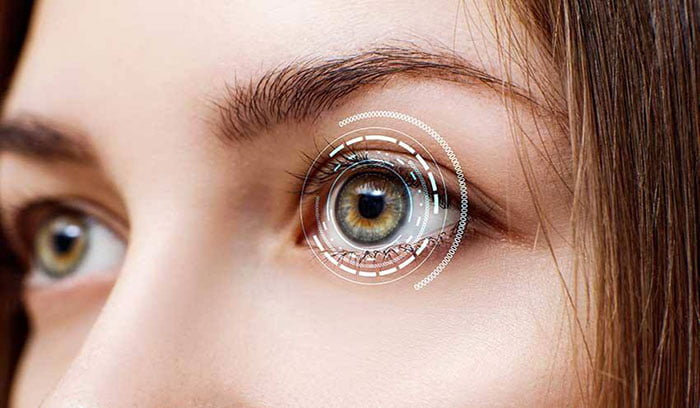
Prosthetic Eye With Vision Capability – The Best Way To Restore Sight For Injured Individuals
Scientists and researchers are actively pursuing the development of prostheses with vision capabilities. Presently, numerous researchers are dedicated to manufacturing an artificial eye capable of partially restoring the lost vision for individuals. Dr. Ehsan Kamrani, a trailblazer in this domain, has marked significant milestones. In fact you can anticipate encountering a new wave of prosthetics that promises a transformative revolution in ophthalmology, offering vision restoration to the visually impaired. The forthcoming explanations delve into elucidating how a vision-capable prosthesis can bolster and improve vision for individuals.
How does vision capability arise in eye prosthetics?
It is crucial to note that currently, there are no eye prosthetics with vision capabilities available worldwide for patient use. All conducted designs serve merely experimental purposes and have solely been utilized within laboratory settings.
An eye prosthesis with vision capability is essentially an advanced device that, akin to standard artificial eyes, is placed within the eye socket. This device comprises a set of micro-electrodes implanted either surgically adjacent to the eye, along the optic nerve pathway, or within the brain.
The primary function of micro-electrodes is to sensitize the impaired individual’s visual systems, which have suffered severe functional impairment due to accidents. It’s noteworthy that individuals usually don’t completely lose their visual system and parts of it called neurons remain active albeit with significantly reduced strength.
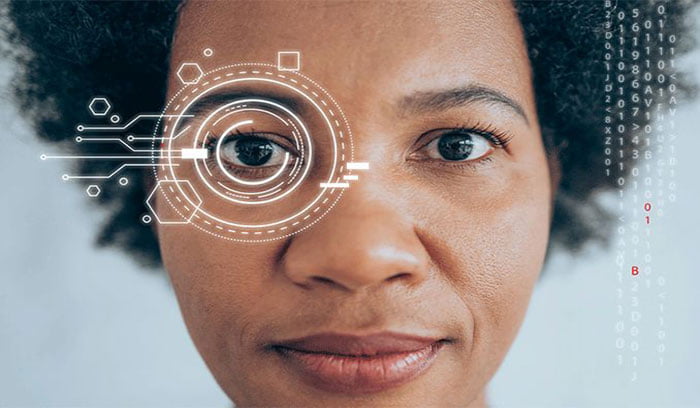
However, the use of micro-electrodes and the generation of very gentle electrical pulses stimulate these neurons, potentially enhancing their visual capability. Ultimately, this stimulation allows individuals to perceive very small patches of light, termed Phosphene in medical science. Currently, comprehensive information on this matter is limited. Still, there’s hope that with scientific advancements in the future, achieving this technology and restoring vision might become possible.
Conclusion
Eye prosthetics are recognized as tools that restore the facial aesthetics of individuals who have been injured. Recent advancements in manufacturing technology have made it increasingly challenging for people to differentiate between an artificial eye and a healthy one. It’s also important to note that, thus far, an artificial eye with visual capability has not been developed and has only been produced on an experimental basis.

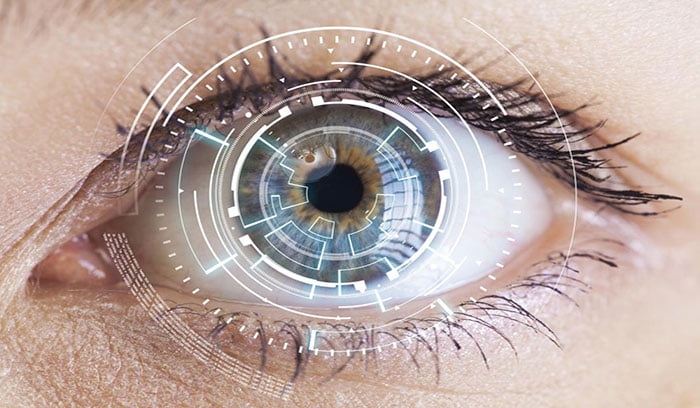
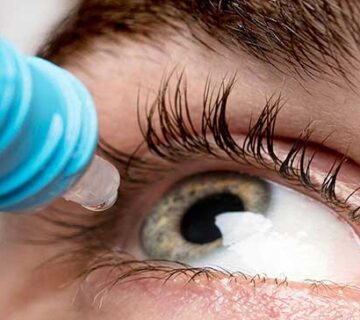
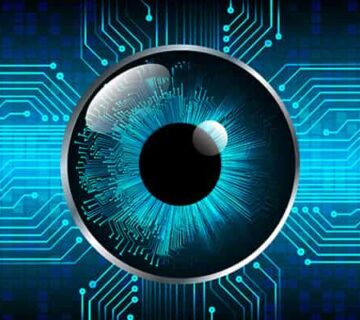
No comment